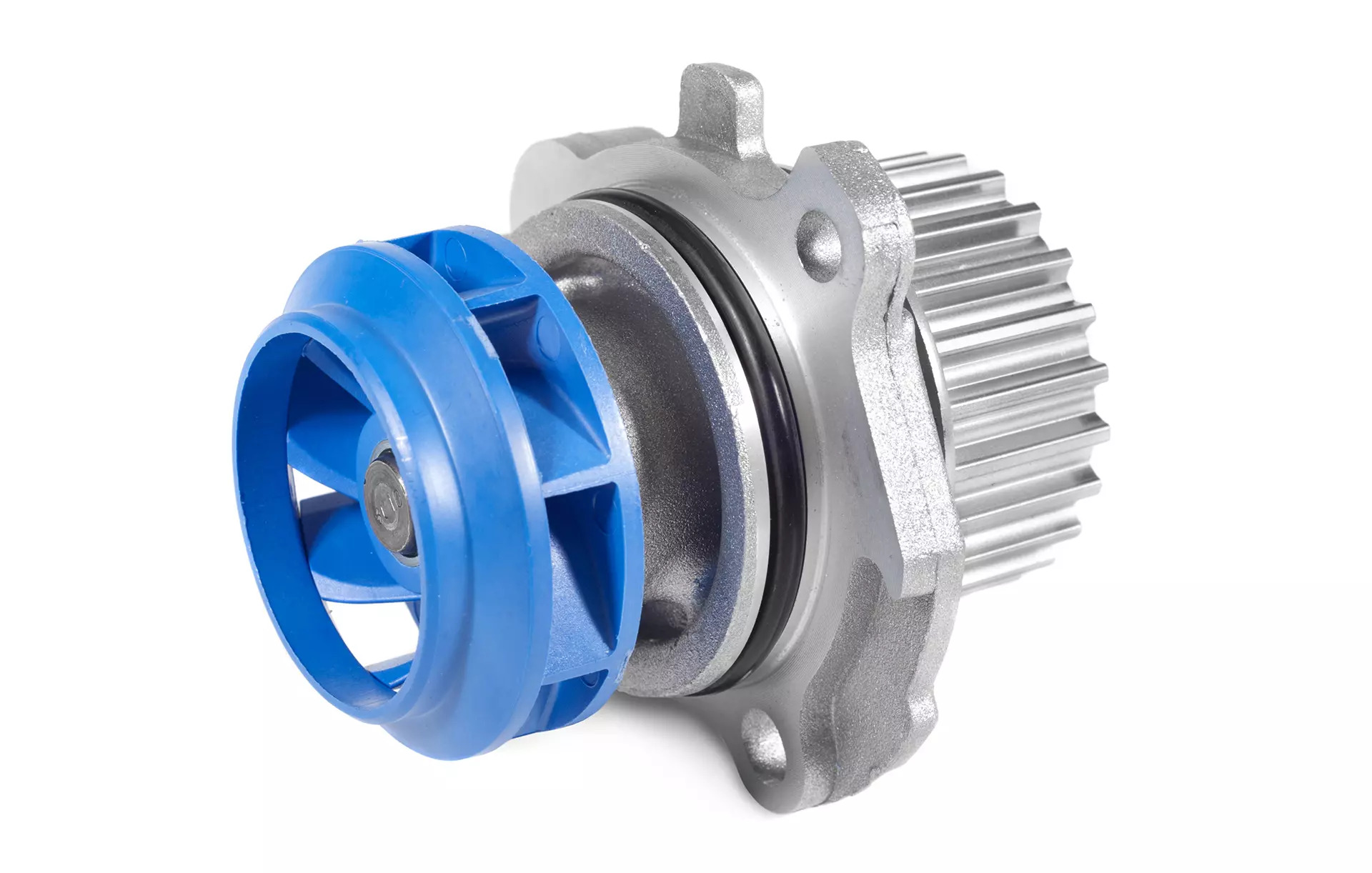

Articles
What Does Water Pump Do In A Car
Modified: February 22, 2024
Learn why a water pump is essential for your car's engine cooling system. Discover the role it plays in maintaining optimal temperature and preventing overheating. Find more informative articles.
(Many of the links in this article redirect to a specific reviewed product. Your purchase of these products through affiliate links helps to generate commission for Storables.com, at no extra cost. Learn more)
Introduction
A water pump is an essential component of a car’s cooling system, responsible for circulating coolant throughout the engine to regulate its temperature. Without a functioning water pump, an engine would quickly overheat, leading to potential damage and breakdowns. Understanding the function and importance of a water pump is crucial for vehicle owners and can help prevent costly repairs.
In this article, we will explore the role of a water pump in a car, its components, location, and how it works. We will also discuss the signs of a failing water pump and the importance of regular maintenance. Lastly, we will provide insight into the process of replacing a faulty water pump.
Whether you are a car enthusiast or a daily commuter, having a basic understanding of your vehicle’s water pump can help you identify issues and take appropriate measures to ensure optimal performance and longevity.
Key Takeaways:
- The water pump is the heart of a car’s cooling system, preventing engine overheating by circulating coolant. Regular maintenance and prompt replacement when necessary are crucial for optimal engine performance and longevity.
- Signs of a failing water pump include engine overheating, coolant leaks, and unusual noises. Understanding its function, location, and the replacement process can help car owners prevent costly repairs and maintain a reliable cooling system.
Read more: What Does The Water Pump Do In An Rv
Function of a Water Pump
The primary function of a water pump in a car is to circulate coolant throughout the engine and radiator, dissipating heat and maintaining an optimal operating temperature. As the engine runs, it generates a significant amount of heat, and the cooling system, with the water pump as its heart, plays a crucial role in preventing overheating.
When the engine is in operation, the water pump is driven by a belt connected to the crankshaft. This rotational motion causes the impeller inside the water pump to spin, creating a centrifugal force that pulls coolant from the bottom of the radiator, through the engine, and back into the radiator, allowing the heat to dissipate.
The water pump acts as a vital component to ensure a smooth and consistent flow of coolant throughout the engine. Without it, the engine would quickly overheat, causing potential damage to various engine components, such as the cylinder heads, gaskets, and pistons.
Additionally, the water pump helps regulate the temperature in different parts of the engine, ensuring that no area becomes excessively hot or cold. This balanced distribution of coolant helps prevent engine damage and maintains optimal performance.
In summary, the function of a water pump in a car is to circulate coolant, regulate engine temperature, and prevent overheating. By performing this critical task, the water pump plays a pivotal role in maintaining the overall health and performance of the engine.
Components of a Water Pump
A water pump in a car is composed of several essential components, each playing a crucial role in its proper functioning. Understanding these components can help car owners identify and address any potential issues that may arise. Let’s take a closer look at the main components of a water pump:
- Impeller: The impeller is the heart of the water pump, responsible for creating the necessary flow of coolant. It is a fan-like device with curved blades that spin when the water pump is in operation. The design of the impeller helps maximize the flow and generate the required pressure to circulate the coolant effectively.
- Housing: The housing is the outer casing of the water pump that encloses and protects the internal components. It is typically made of durable materials, such as cast iron or aluminum, to withstand the high pressures and temperatures experienced within the engine.
- Gasket: The gasket forms a seal between the water pump and the engine block, preventing any coolant leakage. It is usually made of rubber or other flexible materials that can withstand the heat and pressure of the cooling system.
- Bearing: The water pump is supported by bearings, which allow the impeller to rotate smoothly and reduce friction. These bearings are typically lubricated, either by the coolant itself or by a separate lubricant, to ensure proper function and longevity.
- Seal: The seal prevents coolant from leaking out of the water pump. It is typically made of rubber or silicone and is housed within the water pump assembly. A faulty seal can lead to coolant leakage, which can result in engine overheating and potential damage.
- Pulley: The pulley is a wheel-like component connected to the water pump shaft. It is driven by a belt connected to the engine’s crankshaft, causing the rotation of the water pump. The pulley’s design allows for efficient power transfer from the engine to the water pump.
These are the main components of a water pump in a car. It is important to note that the specific design and configuration of these components may vary depending on the make and model of the vehicle. Regular inspection and maintenance of these components can help ensure the proper functioning of the water pump and prevent potential cooling system issues.
Water Pump Location in a Car
The water pump in a car is typically located at the front of the engine, near the bottom. Its position may vary slightly depending on the make and model of the vehicle, but it is generally found on the engine block, connected to the engine’s cooling system.
To locate the water pump, you will need to access the engine bay. Open the hood of your car and visually inspect the front part of the engine. Look for a component that resembles a small pulley with hoses or pipes connected to it. This is likely to be the water pump.
In most vehicles, the water pump is driven by a belt connected to the engine’s crankshaft. It is positioned in close proximity to other components of the cooling system, such as the radiator, thermostat, and hoses. Additionally, it is important to note that the water pump is generally situated on the side of the engine where the drive belts are located.
The exact location and accessibility of the water pump may vary depending on the vehicle’s design. In some cases, it may be partially obscured by other engine components or require the removal of certain parts for better access. If you are unsure about the location of the water pump in your car, you can consult the vehicle’s owner’s manual or seek assistance from a professional mechanic.
It is important to keep the water pump and its surrounding area clean and free from any debris or leaks. This will help maintain its efficiency and prolong its lifespan. Regular inspection and maintenance of the water pump are essential to ensure proper functioning and prevent potential cooling system problems.
Now that you know the general location of the water pump in a car, you can easily locate it in your specific vehicle and perform necessary maintenance or troubleshooting, if required.
How Does a Water Pump Work?
A water pump in a car is driven by a belt connected to the engine’s crankshaft. Its primary function is to circulate coolant throughout the engine and radiator, maintaining an optimal operating temperature. Now, let’s dive into the detailed working process of a water pump:
- Coolant Intake: The water pump pulls coolant from the bottom of the radiator through a hose or pipe. The coolant is typically a mixture of water and antifreeze designed to absorb and dissipate heat efficiently.
- Impeller Rotation: As the water pump’s impeller spins, driven by the belt connected to the crankshaft, it creates a centrifugal force. This force makes the blades on the impeller push the coolant outward.
- Coolant Circulation: The spinning impeller pushes the coolant through the engine block, cylinder heads, and other engine components, absorbing the heat generated by the combustion process. The coolant travels through specially designed channels, called coolant passages, which are strategically placed to bring the coolant in close contact with the hot engine surfaces.
- Heat Dissipation: The heated coolant then flows into the radiator through another hose or pipe. In the radiator, the heat is transferred to the cooler air passing through the radiator fins. This heat exchange cools down the coolant, preparing it for recirculation back into the engine.
- Return to the Engine: Once the coolant is cooled in the radiator, it is redirected back into the engine through another hose or pipe. The water pump continues to circulate the coolant in a continuous loop as long as the engine is running.
This continuous circulation of coolant by the water pump helps maintain a stable operating temperature for the engine, preventing it from overheating. The efficient flow of coolant also ensures that all parts of the engine receive adequate cooling, reducing the risk of damage and improving overall performance.
It is worth noting that the speed at which the water pump rotates is directly proportional to the engine’s RPM (revolutions per minute). As the engine speed increases, the water pump spins faster and circulates the coolant more rapidly. This helps to maintain consistent cooling even during high-performance or demanding driving conditions.
In summary, a water pump works by pulling coolant from the radiator, circulating it through the engine to absorb heat, and then returning it to the radiator to be cooled before recirculating it again. This continuous process is vital in maintaining proper engine temperature and preventing overheating.
The water pump in a car is responsible for circulating coolant through the engine to maintain optimal operating temperature. It helps prevent the engine from overheating and ensures efficient performance. Regular maintenance and timely replacement of the water pump are essential for the proper functioning of the vehicle.
Read more: What Does A Water Pump Do In A House
Signs of a Failing Water Pump
A failing water pump can lead to serious damage to your car’s engine if left unaddressed. Being aware of the signs of a failing water pump can help you take prompt action and prevent potential overheating and costly repairs. Here are some common indicators that your water pump may be failing:
- Engine Overheating: One of the most obvious signs of a failing water pump is frequent engine overheating. If your engine temperature gauge consistently shows high readings or the engine starts to overheat unexpectedly, it may be due to a malfunctioning water pump.
- Coolant Leaks: Coolant leaks around the water pump area can be a clear indication of a failing water pump. Look for puddles of coolant beneath your car when it’s parked, or signs of coolant splattered around the water pump itself. Coolant leaks can cause a drop in coolant levels, leading to a loss of proper engine cooling.
- Strange Noises: A failing water pump may produce unusual noises, such as a grinding or squeaking sound coming from the front of the engine. These noises can indicate worn-out bearings or a malfunctioning impeller, both of which can affect the performance of the water pump.
- Engine Overheating at Idle: If your engine tends to overheat when the car is stationary or idling, it could be a sign of a weak or deteriorating water pump. In such cases, the water pump may not be circulating enough coolant to keep the engine temperature under control.
- Steam or Smoke: If you notice steam or smoke coming from the engine bay, it may be a sign of a severe coolant leak. A failing water pump can cause coolant to leak onto hot engine components, resulting in steam or smoke. This should be addressed immediately to prevent potential engine damage.
- Worn or Damaged Belt: Inspect the belt connected to the water pump for any signs of wear, fraying, or cracking. If the belt appears damaged or worn-out, it may affect the rotation of the water pump, resulting in reduced coolant circulation.
If you notice any of these signs, it is important to have your water pump inspected and repaired or replaced as soon as possible. Ignoring a failing water pump can lead to severe engine damage due to overheating.
Remember that the signs of a failing water pump may vary depending on the make and model of your vehicle. If you are unsure or concerned about the condition of your water pump, it is always recommended to consult a professional mechanic for a thorough inspection and proper diagnosis.
Importance of Regular Maintenance
Regular maintenance of your car’s water pump is crucial for the overall health and longevity of your vehicle’s cooling system. Neglecting proper maintenance can result in a variety of issues, including engine overheating, coolant leaks, and potential engine damage. Here are some reasons why regular maintenance of your water pump is important:
- Prevention of Overheating: The water pump plays a vital role in regulating the engine’s temperature by circulating coolant. Regular maintenance ensures that the water pump is functioning properly and able to circulate coolant efficiently, preventing the engine from overheating.
- Early Detection of Issues: By regularly inspecting and maintaining your water pump, you can identify any potential issues at an early stage. This allows you to address them before they escalate into more significant problems that can cause damage to the engine or other cooling system components.
- Extended Lifespan: Regular maintenance, such as flushing and replacing the coolant at recommended intervals, can help prevent corrosion and sediment buildup within the cooling system. This helps prolong the lifespan of the water pump and other components, ensuring reliable performance for a longer period.
- Cost Savings: Addressing minor issues and performing routine maintenance on your water pump can help you avoid costly repairs in the future. Detecting and resolving problems early on can save you from the expense of extensive engine repairs or even engine replacement.
- Optimal Fuel Efficiency: A properly functioning water pump enables effective cooling of the engine, which helps maintain its efficiency. Overheating can lead to decreased fuel efficiency and increased fuel consumption. Regular maintenance of the water pump ensures that the engine operates at the optimum temperature, resulting in better fuel economy.
- Peace of Mind: Regular maintenance of the water pump and the cooling system as a whole gives you peace of mind knowing that your vehicle is running smoothly and reliably. It reduces the likelihood of unexpected breakdowns or significant cooling system failures.
It is important to follow the manufacturer’s recommended maintenance schedule for your water pump. This may include regular coolant changes, belt inspections, and overall cooling system checks. Consulting your vehicle’s owner’s manual or seeking guidance from a professional mechanic can help you determine the appropriate maintenance intervals for your specific car model.
By prioritizing regular maintenance, you can ensure that your water pump operates effectively and efficiently, promoting the overall health and performance of your vehicle’s cooling system.
How to Replace a Faulty Water Pump
If your water pump is showing signs of failure or has been diagnosed as faulty, it is important to promptly replace it to prevent engine damage and overheating. While the process may vary slightly depending on your specific vehicle, here is a general outline of how to replace a faulty water pump:
- Gather the necessary tools: Before you begin, make sure you have all the tools you will need for the job. This may include a socket set, wrenches, pliers, a scraper, a torque wrench, and a new water pump assembly.
- Prepare the vehicle: Park your car on a flat surface and engage the parking brake. Allow the engine to cool down completely before proceeding. It is also a good idea to disconnect the negative terminal of the battery for safety.
- Drain the coolant: Locate the drain plug on the radiator and position a drain pan beneath it. Loosen the drain plug to allow the coolant to drain completely. Remember to dispose of the coolant properly according to local regulations.
- Remove the necessary components: Depending on your vehicle, you may need to remove certain components to access the water pump. This could include removing the drive belts, fan, radiator hoses, and any other obstructions in your way. Refer to your vehicle’s service manual for specific instructions.
- Disconnect the water pump: Once you have access to the water pump, disconnect the hoses, electrical connectors, and any other attachments connected to the water pump. Take note of their positions to ensure proper reinstallation later.
- Remove the old water pump: Use the appropriate tools to remove the bolts securing the water pump to the engine. Gently pry the old water pump away from the engine, taking care not to damage any surrounding components.
- Clean the mounting surface: Remove any old gasket material or debris from the mounting surface using a scraper and a cleaning agent. Ensure the surface is clean and smooth for proper sealing.
- Install the new water pump: Place a new gasket on the mounting surface and carefully position the new water pump in place. Tighten the mounting bolts according to the manufacturer’s specifications, using a torque wrench if necessary.
- Reconnect components: Reconnect the hoses, electrical connectors, and other attachments to the new water pump. Double-check all connections to ensure they are secure.
- Refill the coolant: Refill the cooling system with the appropriate coolant mixture as per the manufacturer’s recommendations. Start the engine and allow it to run for a few minutes to circulate the coolant and check for any leaks.
- Reassemble the components: Put back any components that were removed, such as the fan, belts, and hoses, ensuring everything is properly reinstalled.
- Test and inspect: Take the vehicle for a short test drive to verify that the water pump is functioning properly. Monitor the engine temperature and check for any signs of coolant leaks.
Note that this is a general overview of the water pump replacement process, and the specific steps and requirements may vary depending on the make and model of your vehicle. It is always recommended to consult your vehicle’s service manual or seek professional assistance for accurate instructions tailored to your specific car.
Replacing a faulty water pump requires mechanical knowledge and expertise. If you are unsure of your abilities or are not familiar with the process, it is best to seek the help of a qualified mechanic to ensure the job is done correctly and to avoid any potential damage to your vehicle.
Conclusion
A water pump is a critical component of a car’s cooling system, responsible for circulating coolant throughout the engine to regulate its temperature. Understanding the function, components, and operation of a water pump is crucial for car owners to maintain optimal engine performance and prevent costly repairs.
By serving as the heart of the cooling system, the water pump plays a vital role in preventing engine overheating and maintaining a stable operating temperature. It pulls coolant from the radiator, circulates it through the engine, and returns it to the radiator for cooling. The impeller, housing, gasket, bearings, seal, and pulley are the key components of a water pump, each contributing to its proper functioning.
Knowing the location of the water pump in your car allows you to identify any signs of failure or address maintenance needs. Signs of a failing water pump include engine overheating, coolant leaks, strange noises, and steam or smoke from the engine bay. Regular maintenance of the water pump is essential to ensure its longevity, prevent overheating, and save costs in the long run.
If your water pump is faulty, prompt replacement is necessary to avoid engine damage. The process involves draining the coolant, removing necessary components, disconnecting and removing the old water pump, installing the new water pump, and reassembling the components. Following the manufacturer’s recommendations and seeking professional guidance if necessary is crucial for a successful replacement.
In conclusion, understanding the role of a water pump in a car’s cooling system and recognizing the signs of a failing water pump is essential for car owners. By prioritizing regular maintenance and addressing any issues promptly, you can ensure proper engine cooling, prevent overheating, and prolong the lifespan of your vehicle’s cooling system. Proper care and maintenance of the water pump contribute to the overall health and reliable performance of your car.
Frequently Asked Questions about What Does Water Pump Do In A Car
Was this page helpful?
At Storables.com, we guarantee accurate and reliable information. Our content, validated by Expert Board Contributors, is crafted following stringent Editorial Policies. We're committed to providing you with well-researched, expert-backed insights for all your informational needs.
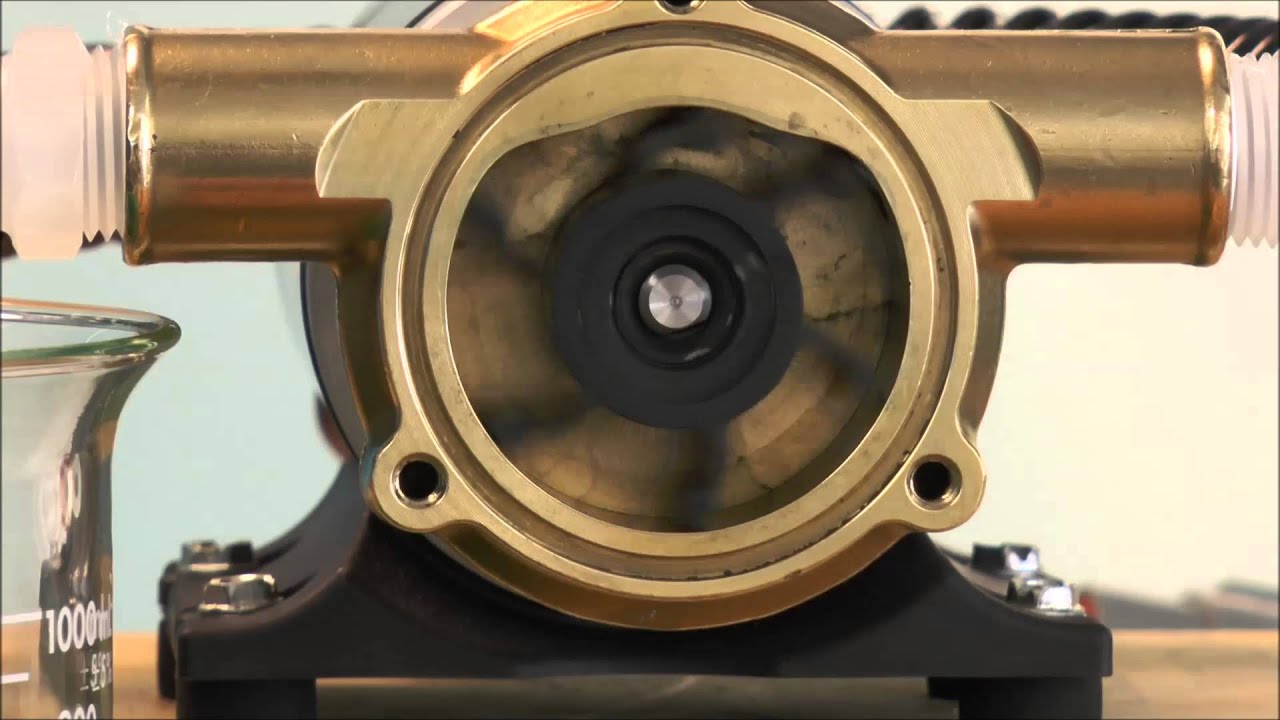
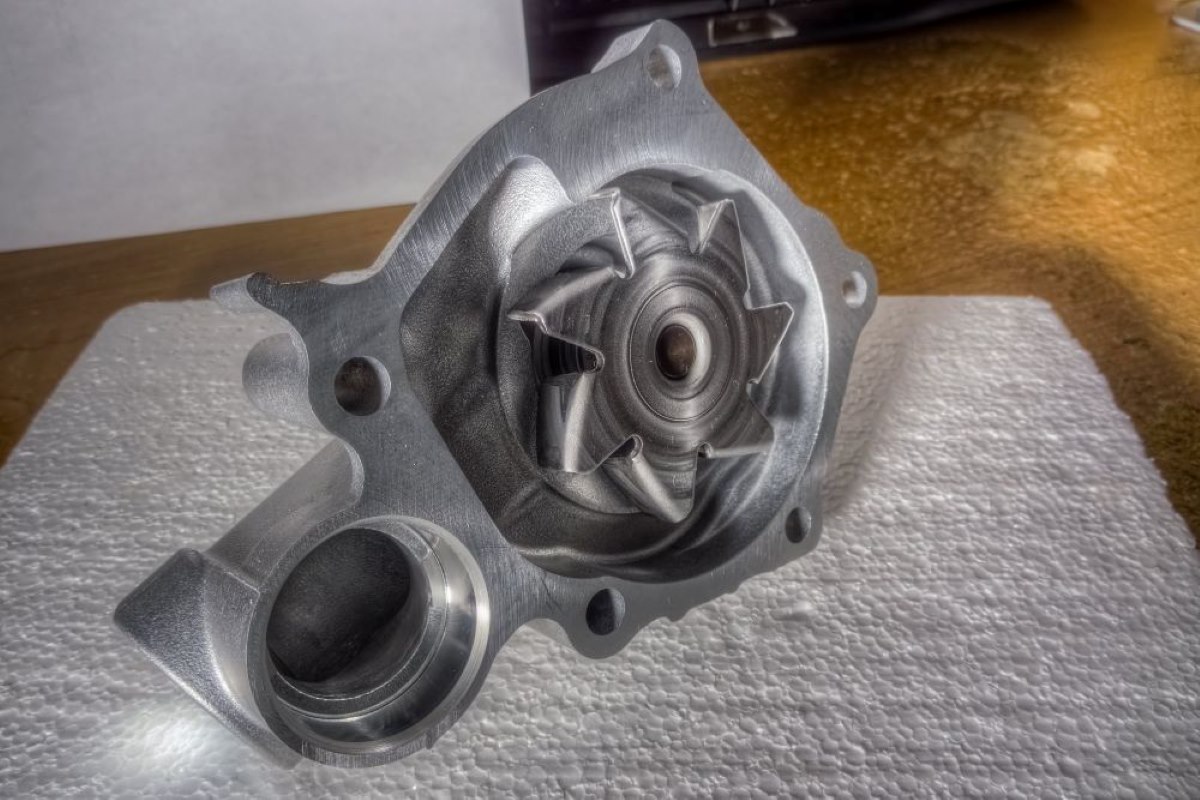
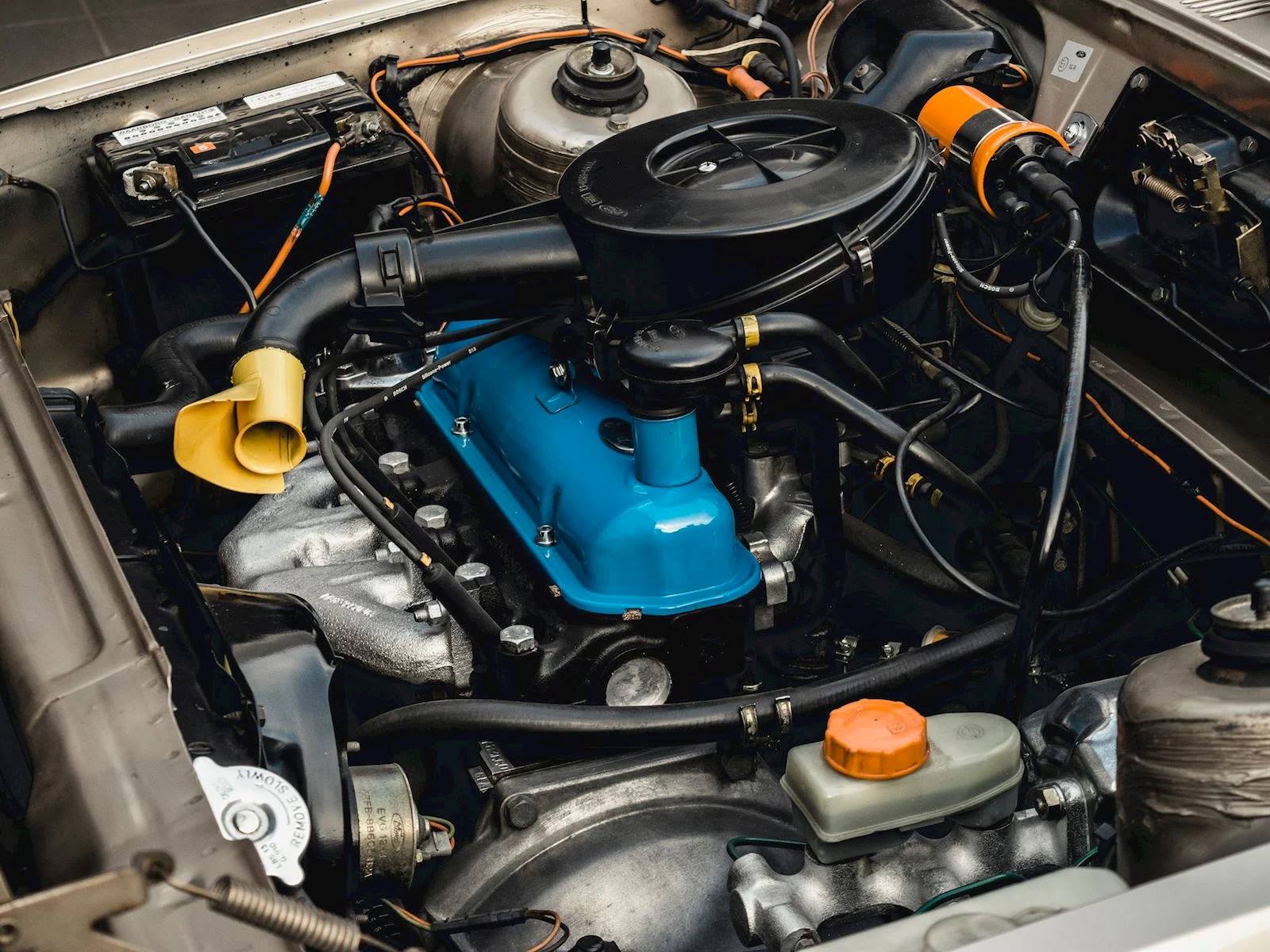
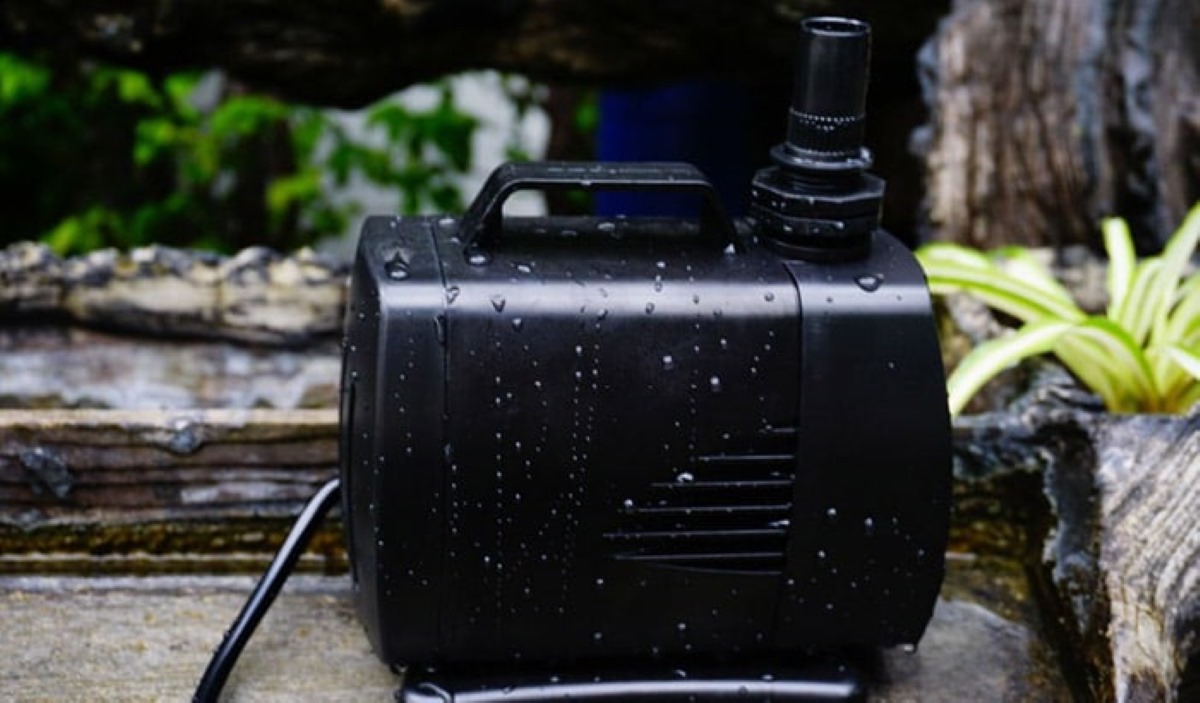
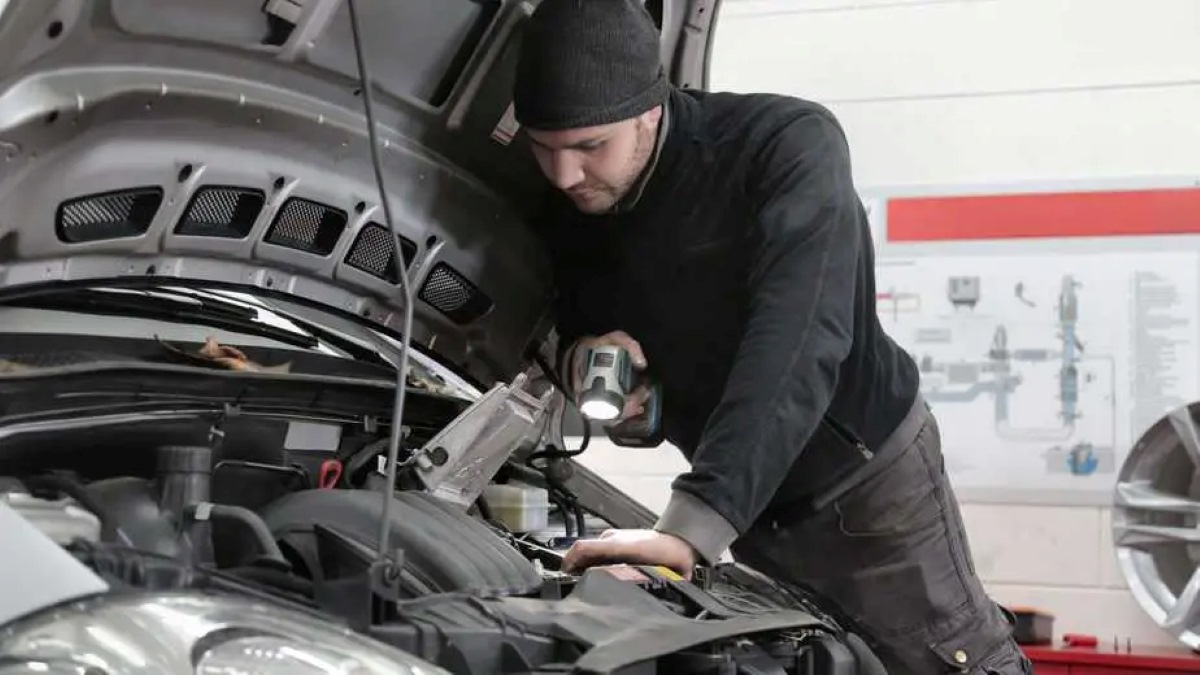
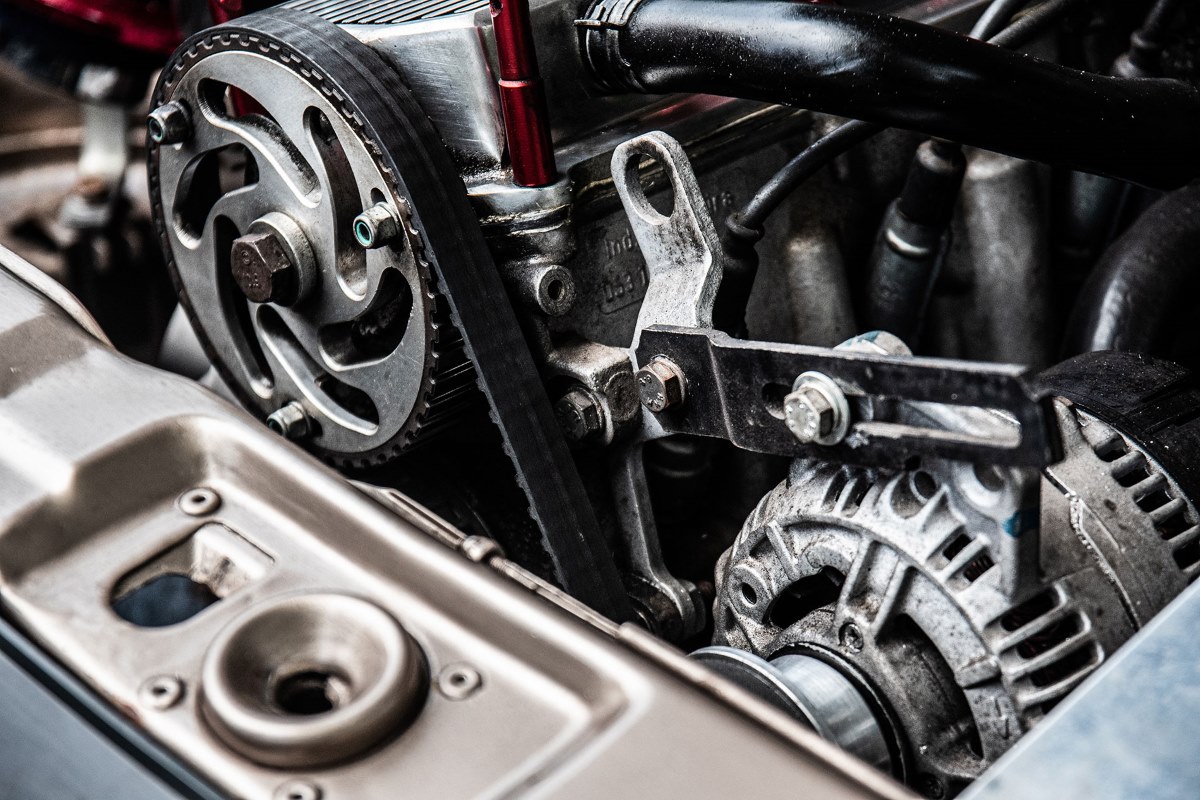
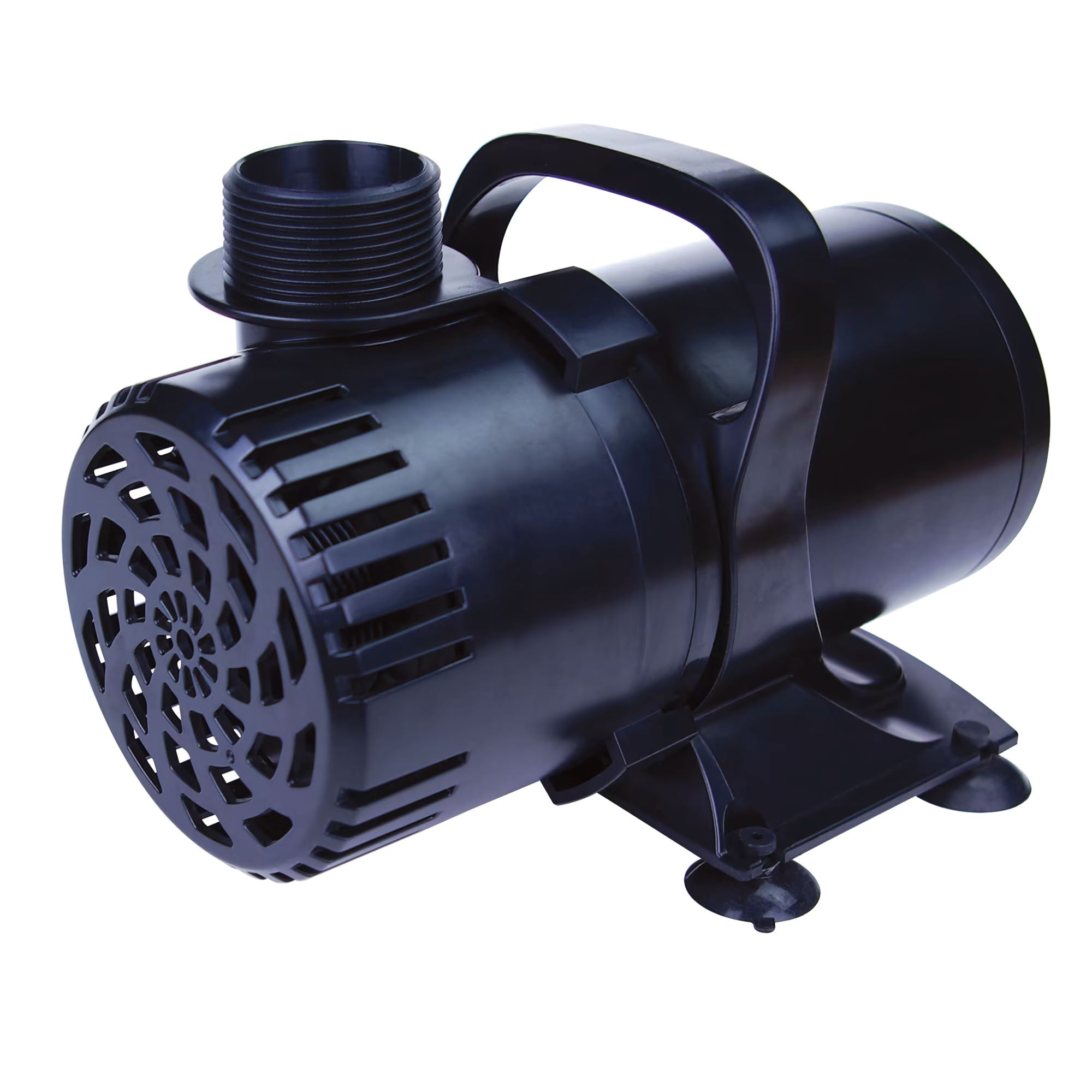
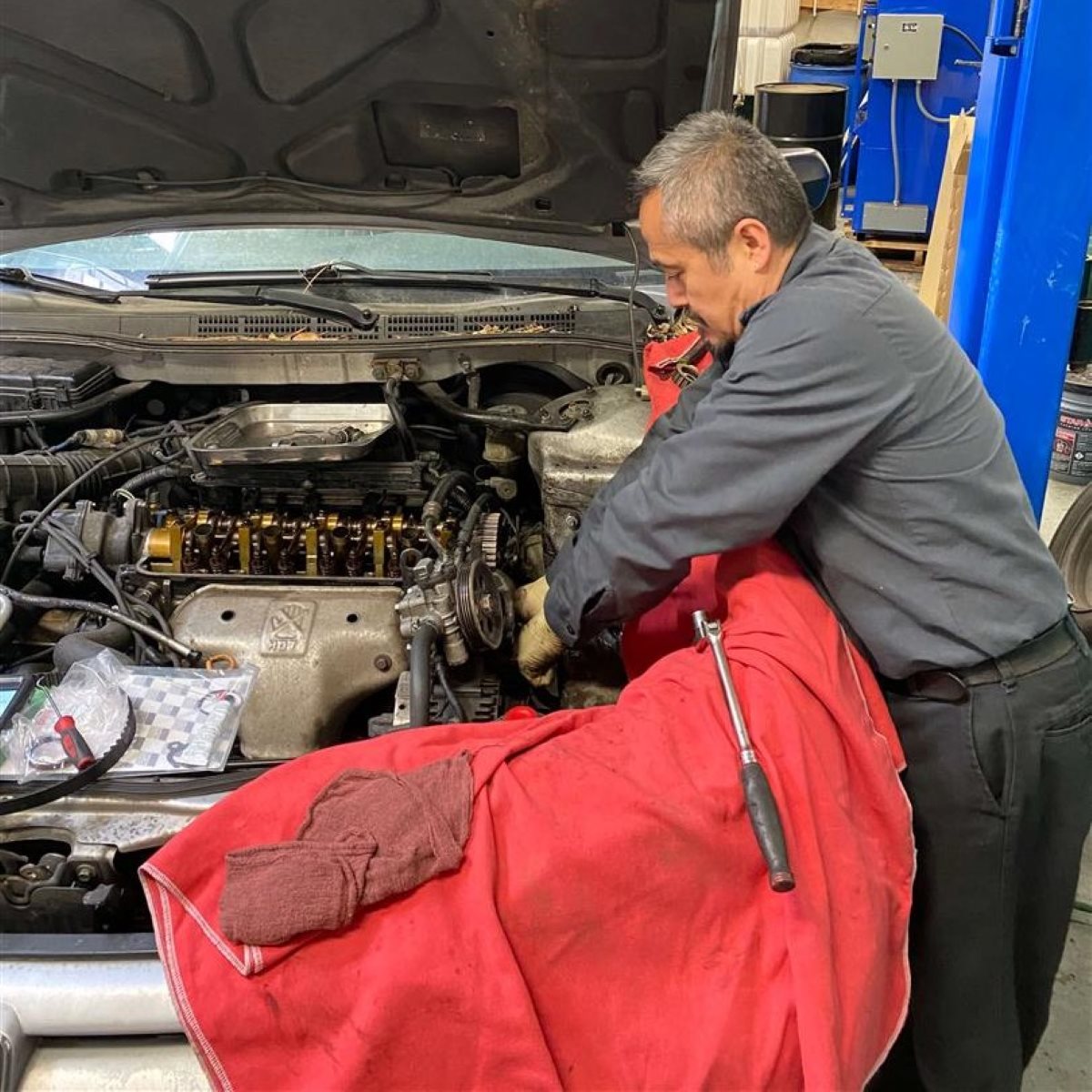
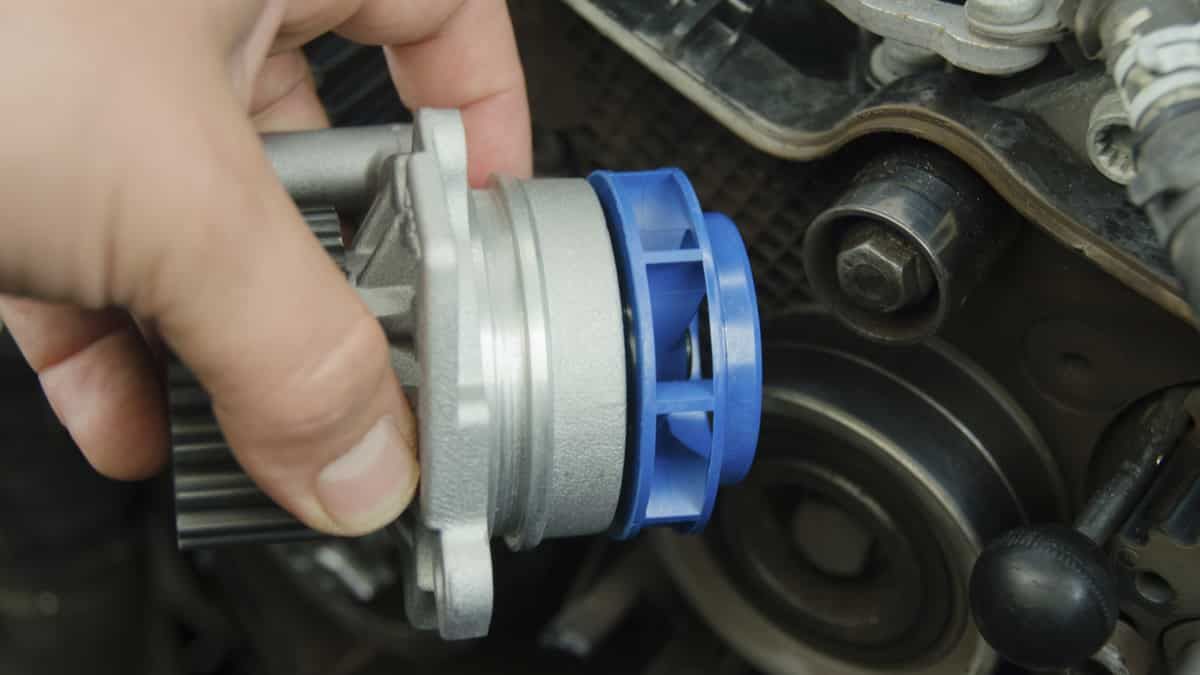
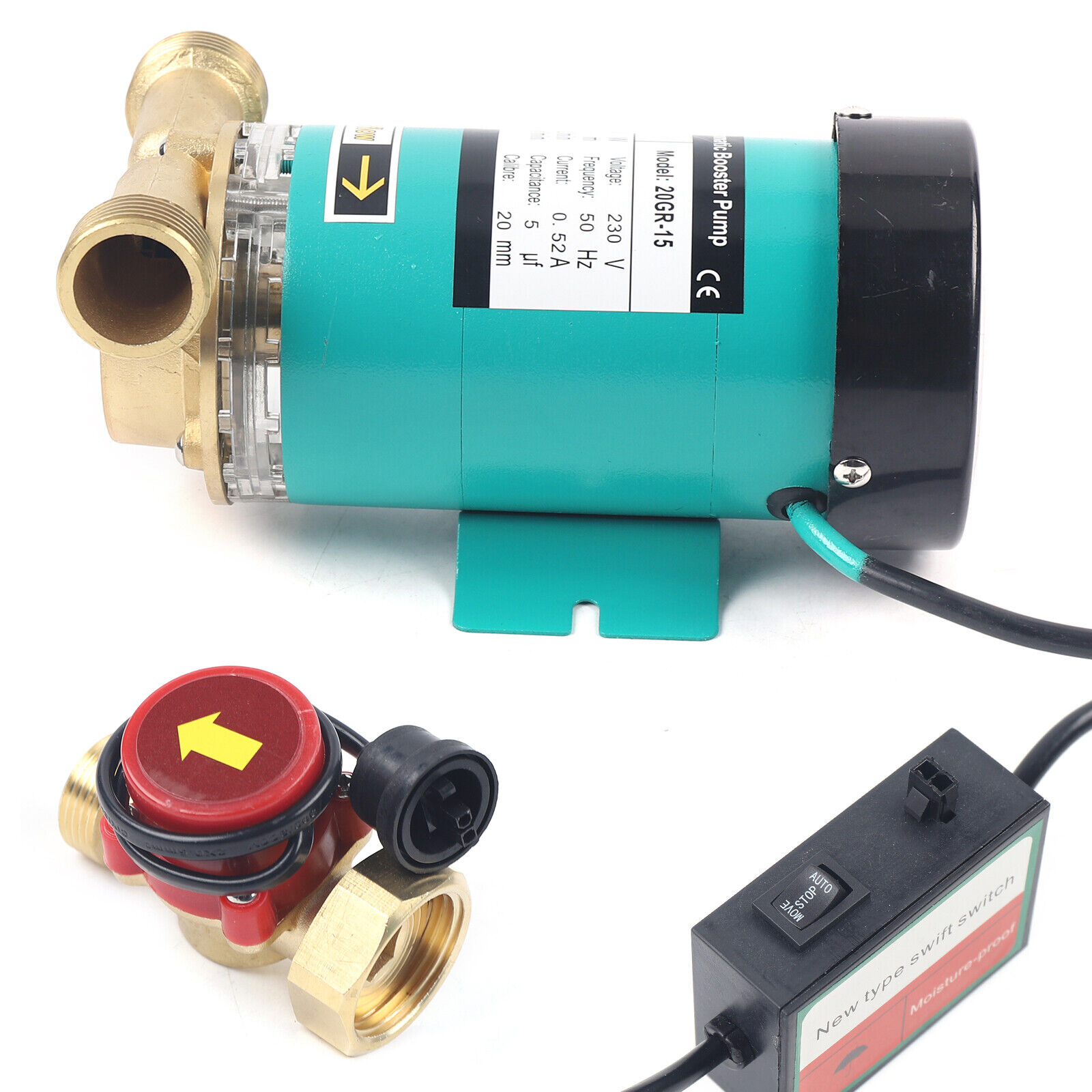
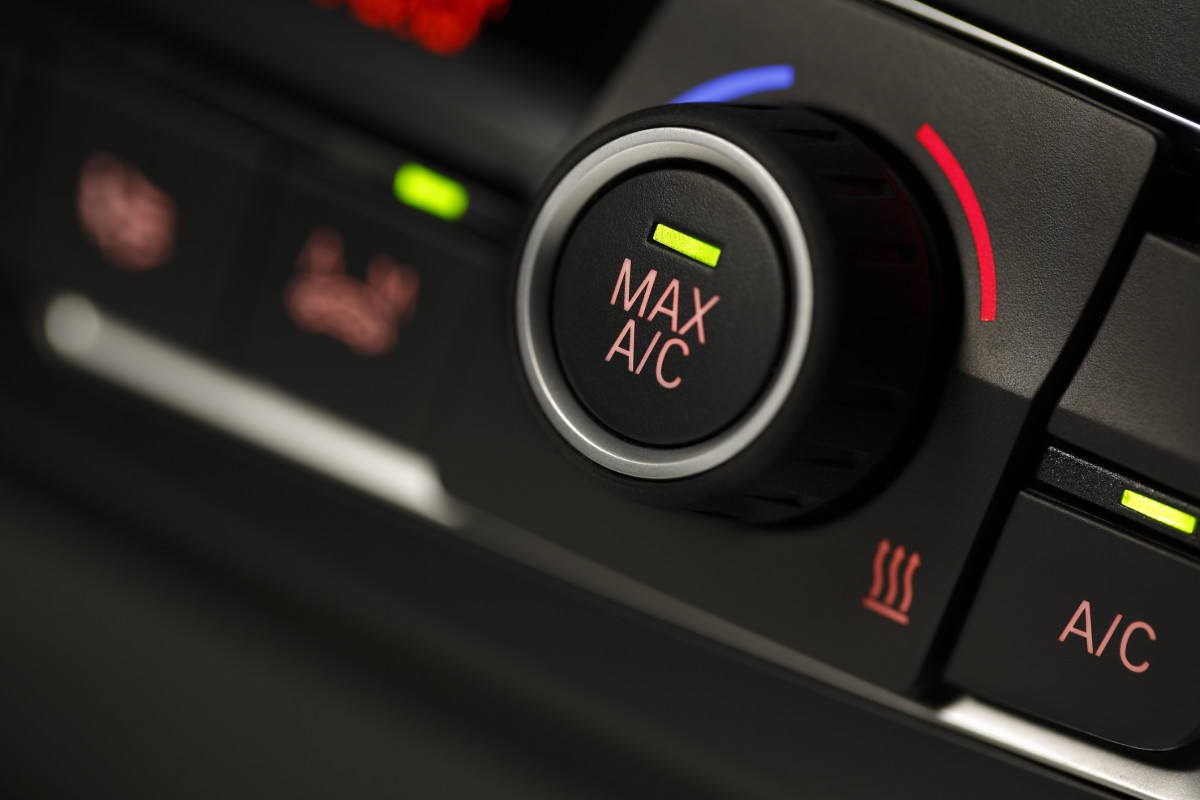
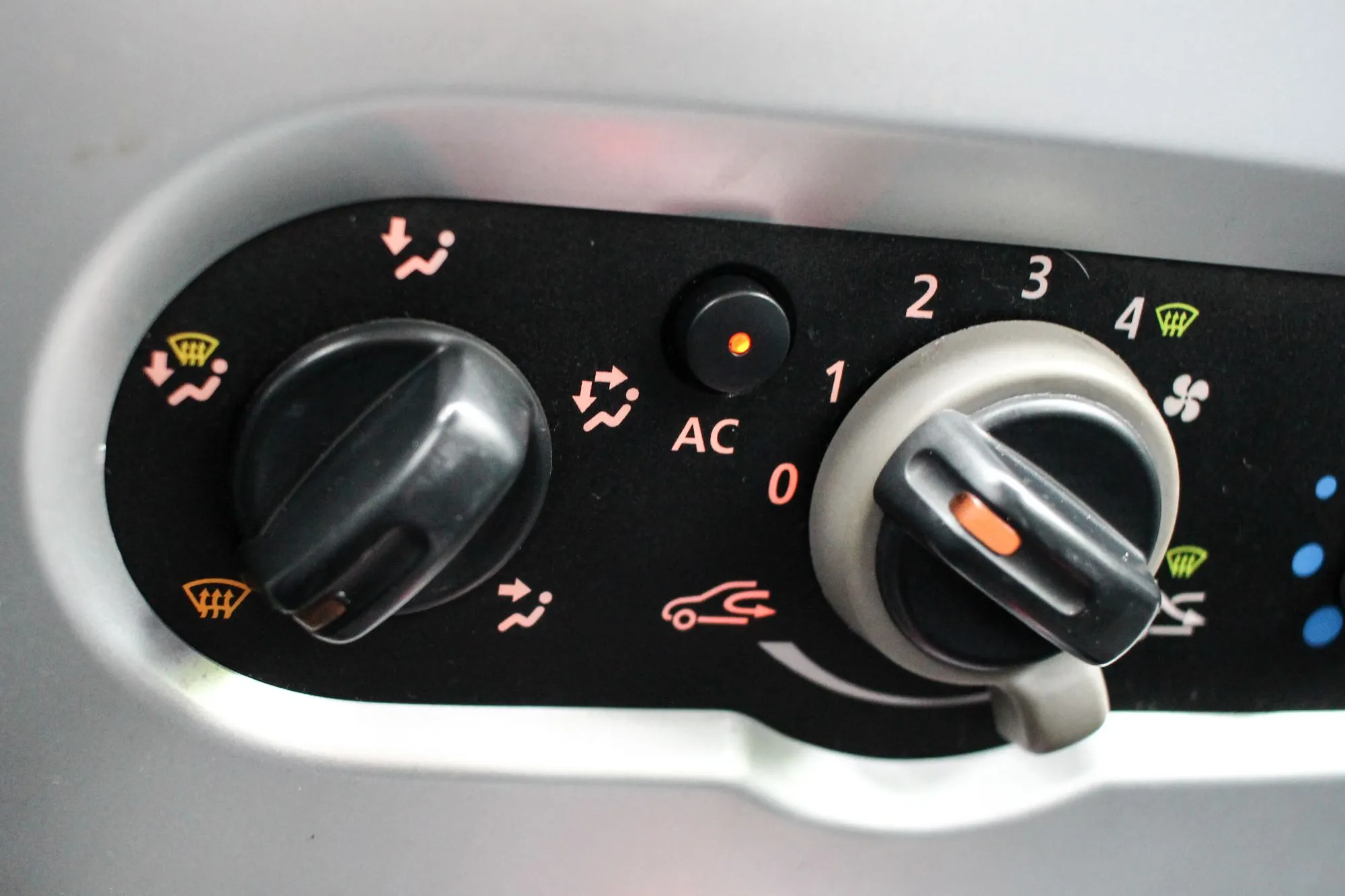
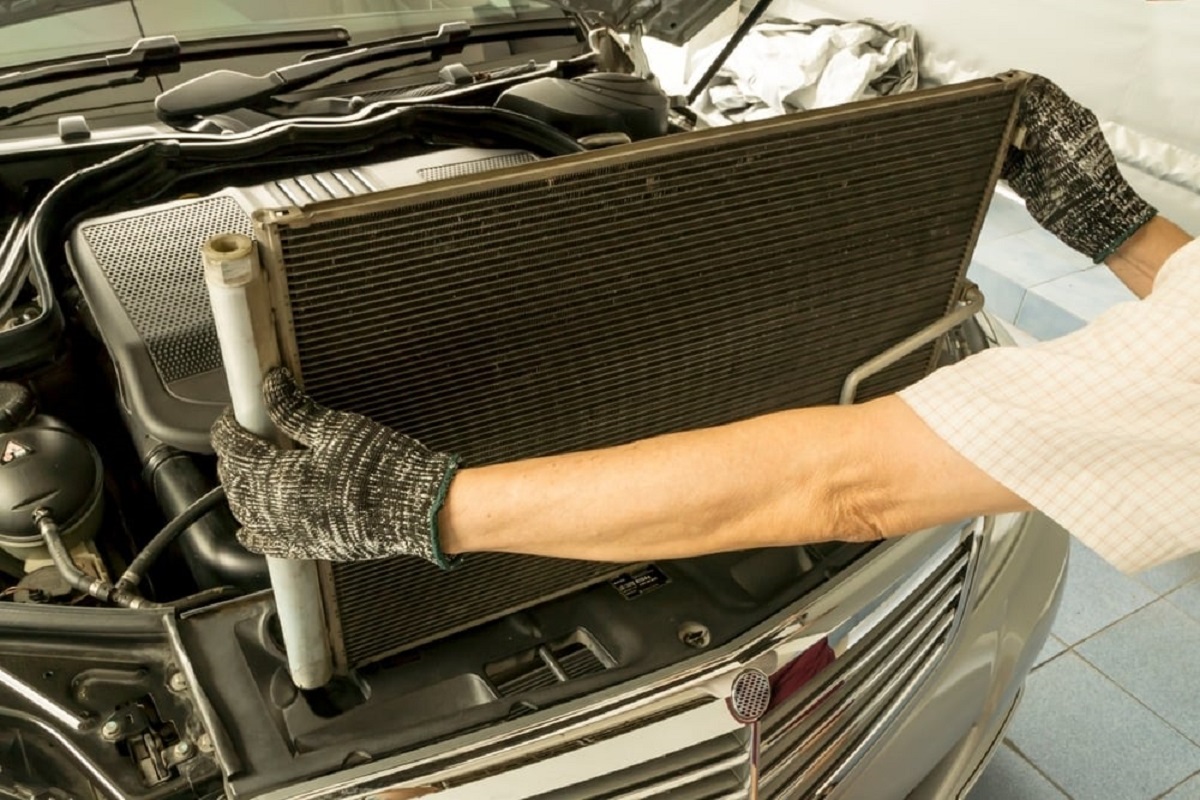
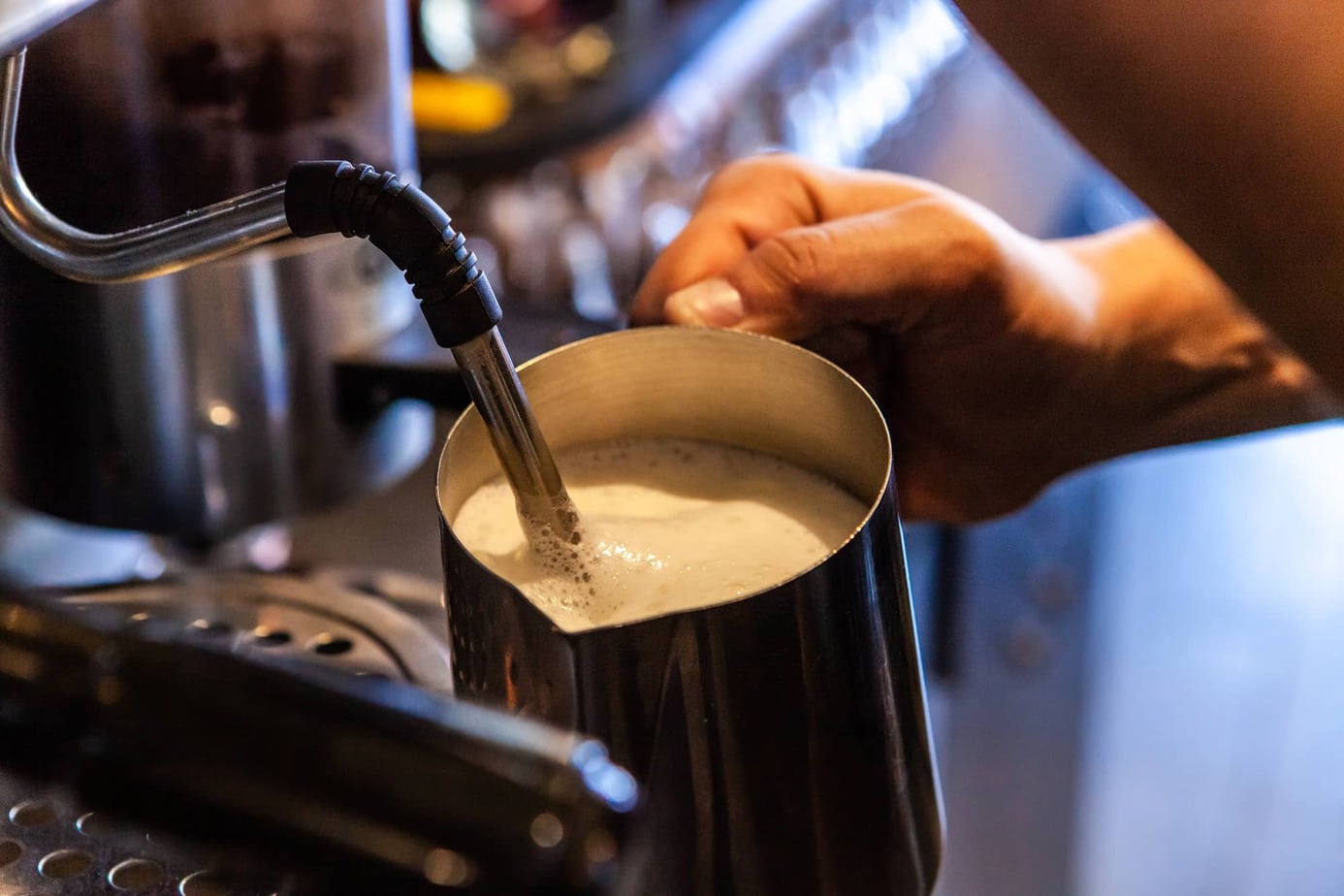

0 thoughts on “What Does Water Pump Do In A Car”